Best Litter for Declawed Cats
Contents of Article
- What is the Best Litter for Declawed Cats?
- Here’s how to select a great litter for your declawed cat.
- Types of Litter for Declawed Cats
- Top 5 Recommended Litters for Declawed Cats
- Yesterday’s News Softer Texture Unscented Cat Litter Review
- PrettyLitter – 20% OFF w/ code BESTLITTER
- sWheat Scoop Multi-Cat Natural Wheat Cat Litter Review
- Okocat Super Soft Clumping Wood Litter Review
- World’s Best Cat Litter Scoopable Multiple Cat Clumping Formula Review
- Pioneer Pet SmartCat All Natural Cat Litter Review
We hear a lot about what’s wrong with declawing, but postoperative litter box avoidance is distinctly under-addressed in our conversations about the practice. Tragically, this procedure intended to make the cat less destructive often leads to one of the leading reasons why cats are relinquished to shelters.
Primarily in the days and weeks after the surgery, using the litter box can be painful on declawed paws. Declawing involves removing the claws and toes up to the first joint, meaning that your cat is stepping into the litter box on partially amputated toes.
Once your cat starts avoiding the litter box because it’s painful to step in it, it can be difficult to return to normal. Cats sometimes avoid the litter box after declawing surgery and opt to use something softer and more comfortable, like your bed, a sofa, or on the carpet. Once the habit has been established, it can be a challenge to reroute your cat back into the litter box.
Using a paw-friendly litter product can help to ensure that your cat doesn’t develop damaging habits.
What is the Best Litter for Declawed Cats?
Declawed cats are often stressed.
Stress and anxiety are universal triggers for litter box avoidance. The traumatic declawing process, post-surgery pain, and vulnerability are all sources of stress for cats.
Multiple cat homes can be particularly stressful for declawed cats. Natural feline dominance dynamics and territorial behaviors are uniquely distressing for declawed cats, who may feel helpless around aggressive housemates. Some cats develop litter box issues because they’re stressed by the inability to defend themselves.
While even the best cat litter does nothing to make this situation less frustrating, you can improve the litter box experience for your declawed cats. Ensure that you have at least as many litter boxes as you have cats, and ideally, provide one extra. It’s a good idea to place litter boxes on every floor of the house. Choose quiet areas where your cat can use the litter box in peace.
If all else fails, consider adding catnip or a pheromone spray to the litter. Some products are infused with these attractants, and they can draw your cat to the box while helping to soothe them emotionally.
Litter box issues are most intense among recently-declawed cats, but some cats experience problems for the rest of their lives.
Here’s how to select a great litter for your declawed cat.
Think about your cat’s comfort.
Declawing is a serious procedure that removes the claws and the first joints, so it’s natural for your cat’s paws to be tender and in pain. Imagine yourself walking with mutilated toes across a bed of gravel – not a pleasant thought. A soft litter can help to alleviate some of that discomfort.
After they’ve healed completely, your cat may still need an extra-comfortable litter. Many cat guardians report that their declawed cats prefer fine-grained litter.
Choose a low-dust litter that won’t contaminate their wounds.
After the bandages come off, it’s possible that litter box bacteria and dust will contaminate the wounds. To prevent infection, it’s important to clean the litter box with extreme regularity and diligence. You’ll also want to avoid fine-grained, dusty litter – a description that applies to most clay litter products.
After the wounds have healed, dust is less of a contamination threat.
During recovery, choose a non-clumping litter that won’t stick in the wounds.
Even biodegradable clumping litter like corn, wheat, and some types of wood litter present a problem for cats after the declawing surgery. Clumping litter may stick on your cat’s toes, potentially leading to serious infection.
After your cat has recovered completely, you may switch to clumping litter. Clumping litter makes cleaning the box easier, and most cats seem to prefer it.
Types of Litter for Declawed Cats
Paper Litter
The best choice during the first several weeks after your cat’s declawing surgery
Paper litter is frequently veterinarian-recommended for cats recovering from surgery. It has a soft texture that’s gentle on your cat’s sensitive paws, and the paper doesn’t emit dust that might contaminate the wounds. Paper litter is typically available in a pellet format, which means that it doesn’t clump.
Some people give their declawed cat shredded newspaper instead of a commercially-sold litter. It doesn’t control odor well, but it’s a gentle short-term solution.
Corn Litter
Soft, comfortable litter ideal for declawed cats whose wounds have completely healed
This is a soft litter that’s gentle on the paws. It also does a great job of clumping and is easy to scoop. Because clumping litter isn’t recommended for cats with wounds still healing, corn litter is ideal for cats who have healed entirely.
Wood Litter
Can be a good choice after your cat’s wounds have completely healed
Pellet-style litter can be uncomfortable under any cat’s paws, and recently declawed paws are particularly tender. Wood pellet litter breaks down into sawdust when wet, and the dust could contaminate your cat’s wounds.If you prefer clumping litter, consider a non-pellet wood litter designed for sensitive paws.
Wheat Litter
A soft litter ideal for cats whose wounds have completely healed
Wheat litter is another biodegradable litter known for its softness. It clumps, but not as well as corn and some other types of biodegradable litter. It’s usually best to stick with a non-clumping litter until your cat’s paws have completely healed.
Grass Litter
A soft, gentle litter perfect for paws that have healed completely
Grass litter is popular among those seeking a natural, biodegradable litter that clumps well. Because of the clumping ability, it’s not recommended for cats who were recently declawed. After complete recovery, however, this is a great choice for sensitive paws. It has a soft, fine texture that cats love.
Clay Litter
Often too harsh for declawed cats
It’s best to avoid clay litter while your cat’s wounds are still healing. The dust and fine granules could enter the wound and cause problems. After recovery, many declawed cats prefer fine-grained litter.
Top 5 Recommended Litters for Declawed Cats
Yesterday’s News Softer Texture Unscented Cat Litter Review
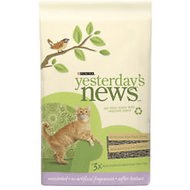
Veterinarians and experts regularly recommend paper litter for cats who have recently undergone surgery. This particular product is designed to be even softer than the standard Yesterday’s News, making it ideal for ultra-sensitive paws.
It’s essentially dust-free and doesn’t clump, so it won’t contaminate the wounds.
The litter is 3X more absorbent than clay, but you’ll need to change it out regularly to keep the box clean. This is an essential cleanliness routine crucial for cats who have recently been declawed.
The litter is made from recycled newspaper and is 100% biodegradable. – Buy It
Pros
- Soft on declawed paws
- Non-clumping and dust-free, making it safe for recently declawed cats
- A highly absorbent litter that does a moderately good job of managing odors
- Biodegradable and eco-friendly
Cons
- Doesn’t offer great odor control
PrettyLitter – 20% OFF w/ code BESTLITTER
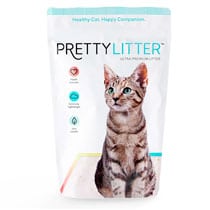
PrettyLitter is unscented, lightweight, and environmentally friendly, and its most amazing benefit is that it changes color when it detects a pH change to alert you to your cat’s possible health issues. PrettyLitter detects health issues that can be found through a change in pH such as urinary tract infections, bladder stones, inflammation, kidney issues, and more. With a once-a-month convenient delivery service, PrettyLitter costs less than some other typical cat litters and the amount is tailored to suit the number of cats in your home. The absorbent silica gel traps odors and eliminates moisture and is made from natural minerals, which means less dust and allergens and less litter in the landfill.
Pros:
- Made from natural minerals
- Silica gel traps odor
- Detects pH change that may indicate medical issues
Cons:
- Non-clumping can cause tracking
sWheat Scoop Multi-Cat Natural Wheat Cat Litter Review
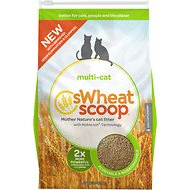
Although the clumping action of wheat litter isn’t ideal for freshly-declawed cats, this product is gentle enough for cats with lingering tenderness after recovery.
This is a highly-absorbent formula designed for multiple cat homes. It’s made with 100% wheat, so it’s completely biodegradable, made from renewable ingredients, and chemical-free. The enzymes naturally found in wheat neutralize odors, while wheat starch allows the litter to clump.
Although the litter is low-dust, it does tend to stick on cats’ paws and track around the house. – Buy It
Pros
- Soft and comfortable under declawed paws
- Moderate clumping ability
- Provides good odor control
Cons
- Tends to get tracked around the house
Okocat Super Soft Clumping Wood Litter Review
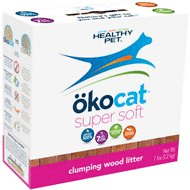
Knowing that sensitive paws sometimes flinch on wood litter, the people at Okocat created a wood litter that’s extra-soft and comfortable.
The wood is processed into small, fine granules similar to those that constitute clay litter.
This litter harnesses the natural absorbency and odor control abilities of natural wood fibers. It can trap waste odors for up to 7 days, helping to keep the house smell fresh. It’s a clumping litter, so it’s ideal for cats whose paws have completely recovered after declawing. It’s made solely from reclaimed or fallen timber, making this product an ecologically conscious choice.
Although the litter is virtually dust-free, it does tend to track quite a bit. – Buy It
Pros
- Has a soft, comfortable texture perfect for sensitive paws
- Effectively neutralizes odors
- Clumps for easy scooping
- Low-dust
Cons
- Has a tendency to track
- Because it’s a clumping litter, this isn’t the best choice for cats who have recently gotten through surgery
World’s Best Cat Litter Scoopable Multiple Cat Clumping Formula Review
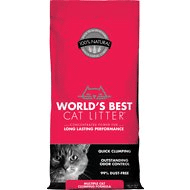
Corn litter is soft, light, and comfortable under the paws.
This corn cat litter is known for excellent odor control and its ability to create strong, cohesive clumps. Numerous customer reviews state that this litter is dusty, although the company claims that it’s 99% dust free. The dustiness and lightweight nature of the litter makes it a high-tracking product, so it could lead to some mess around the house. It’s a good idea to pair this litter with a good litter mat.
Some cat guardians avoid corn cat litter due to the fact that corn is a common target for aflatoxin mold growth. This mold prospers in warm, humid environments and it’s toxic to cats. Although manufacturers test corn litter for aflatoxin mold growth, it’s impossible to ensure that it won’t develop in the litter box.
Because of this risk, it’s important to scoop regularly and keep the litter box clean. – Buy It
Pros
- Corn litter has a soft, gentle texture that feels great under your cat’s paws
- Provides excellent odor control
- Creates strong, cohesive clumps that make scooping easy
Cons
- Some reviewers say this litter is dusty
- Clumping litter isn’t recommended for recently-declawed cats
Pioneer Pet SmartCat All Natural Cat Litter Review
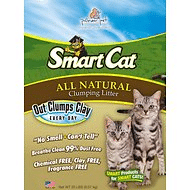
After the wounds heal and you’ve determined that it’s time to switch to a clumping litter, you may want to consider this fine, soft litter made from grass.
Chewy user Momofkittens describes how this litter helped to solve her declawed cat’s litter box problems:
“…one of the kittens was declawed before 7 months of age but his declaw was done by a butcher and then after proper treatment was saught his dad accidently stepped on his paws. Needless to say within months he was urinating outside the box and only deficating but not covering his #2s. I took him back in at the age of 2.5 after all other treatments were tried in that home and my first stop was “gentle litter”. All the others on the market are made from walnuts, etc which I am highly allergic to do we gave this a shot. I couldn’t be more impressed and in love with this litter. Not only did he transition flawlessly but we now use it in all 5 boxes in our home… And best of all no accidents outside the box for my boy!!”
It’s naturally excellent at controlling odors and creates solid, easy-to-scoop clumps. According to the company, you can toss the clumps across a room without breaking them. While these claims are debatable, customers agree that the litter makes scooping simple.
It’s 99% dust-free and exceptionally lightweight. – Buy It
Pros
- Has a fine, soft texture that’s comfortable on declawed paws
- Provides excellent odor control naturally
- Creates strong, easy-to-scoop clumps
Cons
- Clumping litter isn’t recommended for cats who haven’t yet healed after surgery
- This grass litter is expensive compared to other products

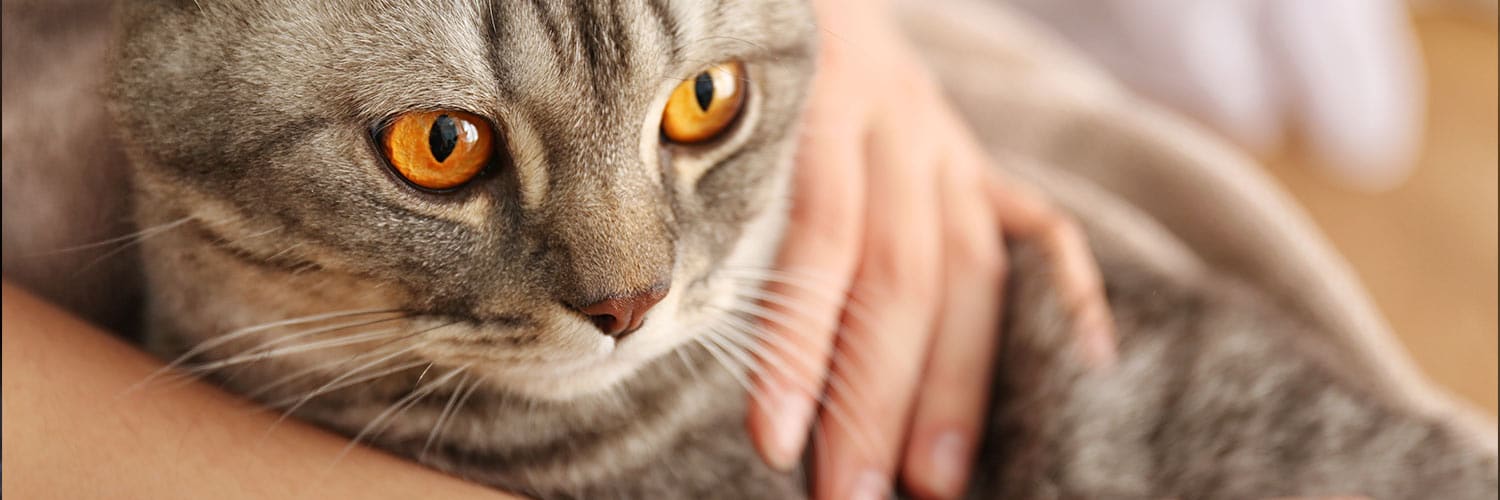



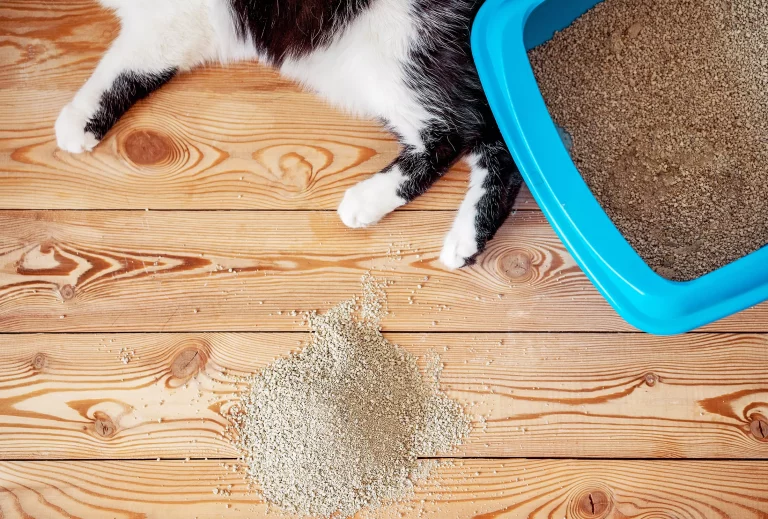
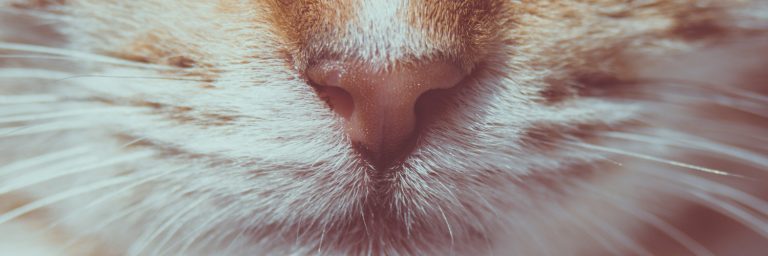
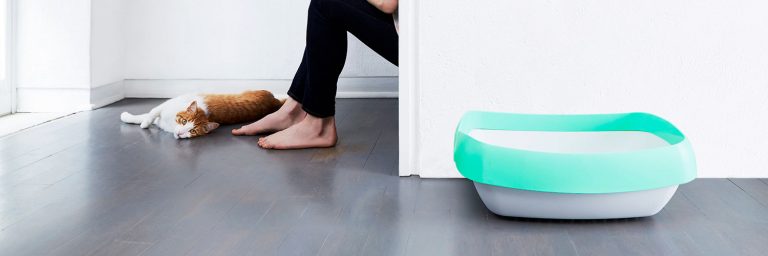
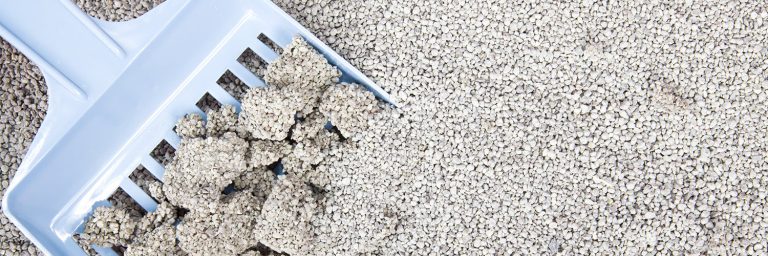
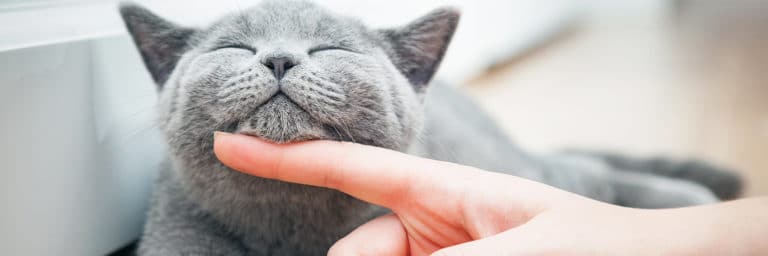
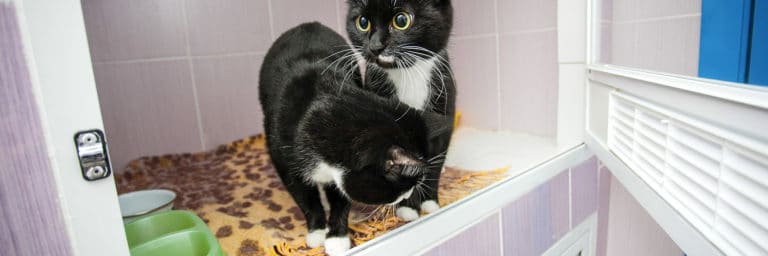
Folks, please never evah declaw your cat. There is no such thing as a declaw done right. #pawsneedclaws